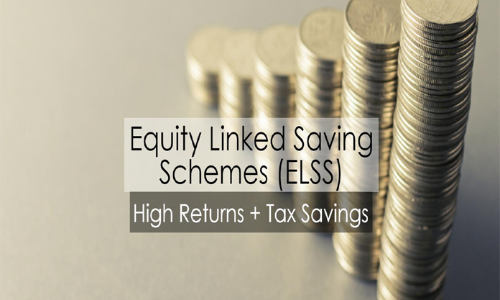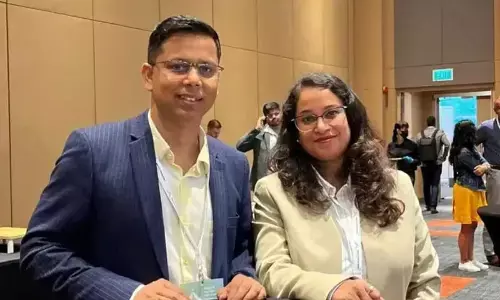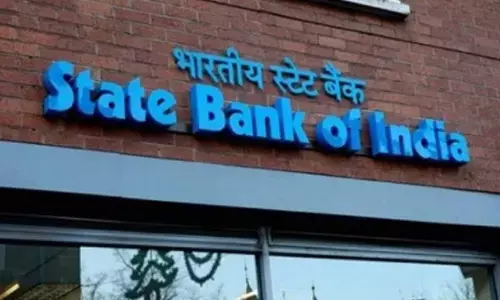Equity Linked Savings Schemes good bet for long term investment

Come January, the focus is on taxation and people find it taxing to hunt down the best tax saving options available These are also the periods when most investors tend to deviate from their disciplined approaches in a hurry to find the solution
Come January, the focus is on taxation and people find it taxing to hunt down the best tax saving options available. These are also the periods when most investors tend to deviate from their disciplined approaches in a hurry to find the solution. One of the most popular form of identifying the fund other than investing what a friend has referred is to check for their past performance. Traditionally, this is the quarter where the craze for tax saving funds also known as Equity Linked Savings Schemes (ELSS) are opted by investors looking to save tax.
ELSS are the schemes which are mutual funds (MFs) locked-in for a period of three years from the date of investment and are qualified for the tax savings under the section 80(C) to a limit of Rs 1.5 lakh for an individual or HUF. These are an attractive investment avenue considering the fact that these form the least lock-in options across the other instruments that qualify for such a tax deduction under this tax section.
The other options in this section include life insurance premium, provident fund contributions (both employee and public - EPF/PPF), National Savings Certificate (NSC bonds), small savings instruments like Kisan Vikas Patra and Fixed Deposits (FDs) with a 5-year lock-in designated for tax savings.
Except the provident fund (both PPF & EPF), in all other instruments the gains on investment is taxed at the time of maturity or withdrawal. Though, these two options have a very high holding period (except in EPF with certain conditions) ELSS is the only instrument which has the least of all the options. Also, this is the only option to have the investment exposed to equity and equity related instruments. Thus, the possibility of generating higher returns in the long-term is a possibility in these funds despite their higher volatility.
Analysing the investment pattern of the Indian investors in to ELSS, a peculiar behavioral pattern is emerged. These investments come to reckoning only as the deadline to invest in these are neared. This quarter (Jan to Mar) occupy the lion’s share of inflows for the entire financial year (FY) into ELSS funds. According to the data from AMFI (the association of mutual funds in India), the fund inflows into these schemes form more than 50 per cent of the entire year while that of the march month alone would be in the range of a quarter (25 per cent) of the yearly inflows.
This rush to cover the investment deadline is prone to making mistakes by investors leading to many common biases of investing. Investors looking for tax-savings at the last-minute incline to explore unproductive investment avenues which doesn’t suit their risk profile or goals. Another important behavioral mistake by the investors is to view taxation as a completely different exercise devoid from the overall financial planning. The truth, however, is otherwise with tax planning falling part of the financial plan.
So, it’s wise to use the tax saving option to benefit long-term goals by aligning these investments to the financial plan. By not seeing it as a subset of long-term investing, a series of missteps over a prolonged period of time could impact the wealth creation. Even retail investors, who don’t have higher disposable income could use their tax saving (forced) investments wisely to generate wealth by exploring options like ELSS.
These being equity-oriented investments, the ideal way to approach is to use a staggered manner i.e. a systematic investment plan (SIP) would be of better use. That approach could average the cost while participating at various points of the market, though, the maturity would be a challenge as the lock-in is for three years from each point of investment. But, when planning for long to very long-term horizons, these funds would really add value to the investor.
(The author is co-founder of “Wealocity”, a wealth management firm and could be reached at [email protected])


















